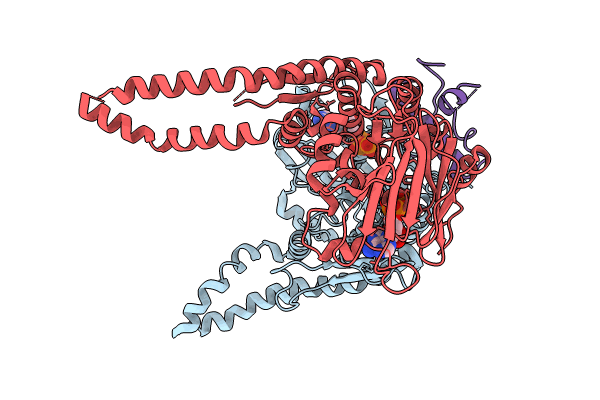
Deposition Date
2023-07-10
Release Date
2024-09-11
Last Version Date
2025-03-26
Entry Detail
PDB ID:
8PQ5
Keywords:
Title:
Human Cohesin ATPase module with an open DNA exit gate
Biological Source:
Source Organism:
Homo sapiens (Taxon ID: 9606)
Host Organism:
Method Details:
Experimental Method:
Resolution:
4.40 Å
Aggregation State:
PARTICLE
Reconstruction Method:
SINGLE PARTICLE


